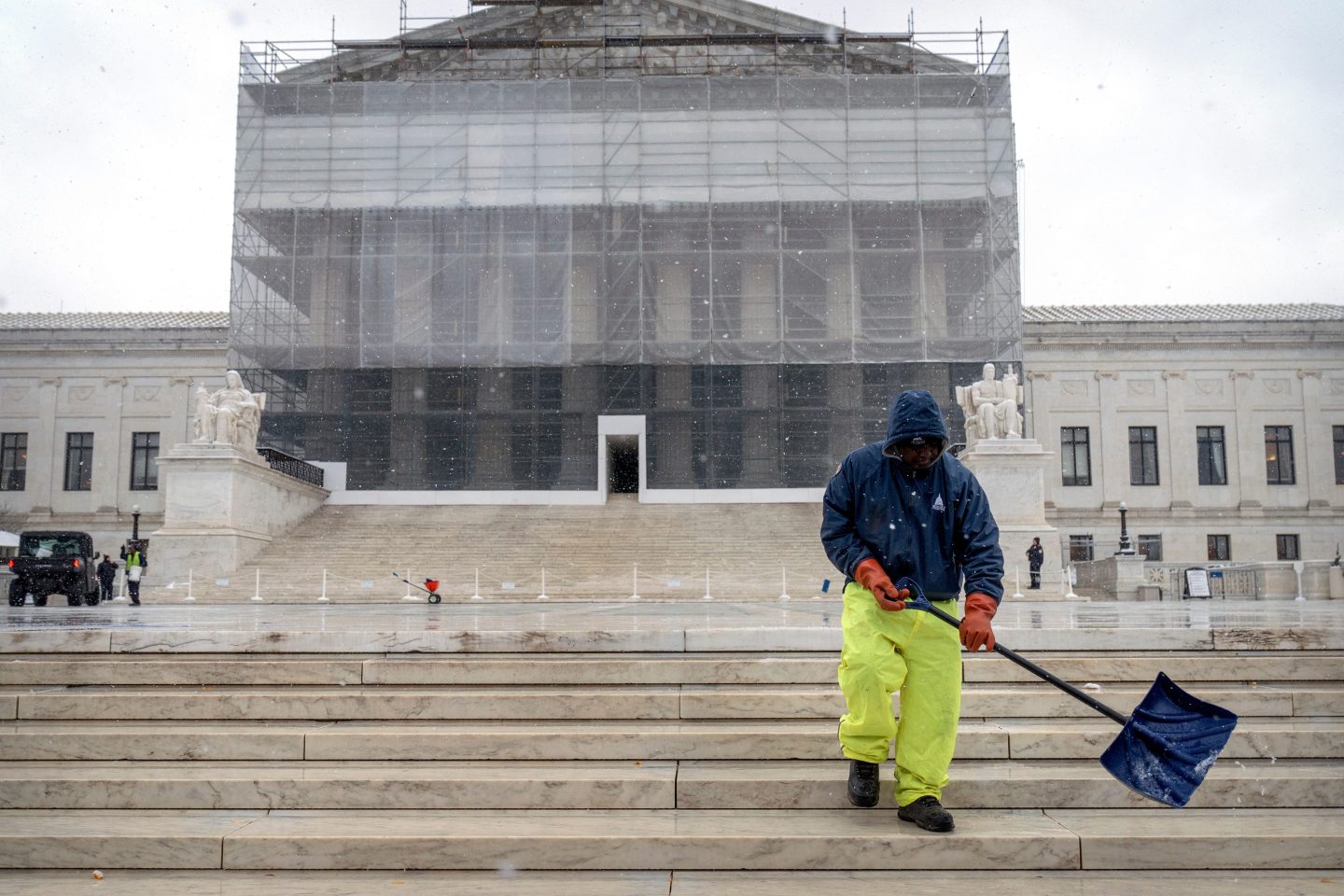Range Rovers get reengineered about as often as Great Britain changes queens. Or as often as their parent, Land Rover, changes ownership.
The first Range Rover was introduced in 1970 and remained more or less unchanged for a quarter century.
The second generation arrived in 1995, a year after British Aerospace, which had brought the Rover Group in 1988, sold it to BMW.
The German company struggled with Rover for six years before unloading it on Jac Nasser’s Ford in 2000. Right on schedule, a third-generation, German-engineered Range Rover popped out, arriving in 2002.
Ford sold Land Rover to India’s Tata in 2008, which means that a new, fourth-generation Land Rover should be arriving in a couple of years. Until it does, we will make do with the BMW-era Range Rover, which has been freshened and improved almost annually.
If you are in a Range Rover frame of mind, the years have been kind. One could almost say the Range drives like a BMW — if BMW were in the business of making three-ton trucks designed to cross deserts, ford rivers and climb mountains. It has well-balanced steering, great-feeling brakes, and tackles curves with gusto.
The big news for 2010 is the new 375-horsepower engine, a big jump from the 310-hp in the 2009 model. It produces as much oomph as the old supercharged motor and gets 14% better fuel economy (though still an unfashionable 12 mpg city/18 mpg highway. The engine proved smooth, tractable, and willing, capable of propelling the RR to 60 miles per hour in 7.2 seconds.
The appearance of the 2010 model has also been freshened — new grille, bumpers, headlamps and tail lamps — but the traditional upright stance and squared-off profile remain. That’s good for driver visibility and finding your vehicle in a parking lot; bad if you prefer to remain inconspicuous.
Inside, the leather, wood, and wool are all handsomely arrayed, the seats comfortable, and the controls understandable. Opinions are sharply divided about the virtual instrument panel, in which digital images of the tach, speedo, and fuel gauges are displayed on a screen instead of being physically present. I applaud the clarity and quality of the displays, along with the scenic images that are projected upon entering and leaving the vehicle. Others worry that Range Rover’s traditional difficulties in dealing with electronic gremlins may make this feature trouble-prone.
The Range Rover’s massive dashboard is worthy of an essay of its own. With vertical timbers and horizontal cross members, it resembles an English country house: built to last but unwieldy in design and fearsomely expensive to construct. It appears to have more individual pieces than the entire interior of a Hyundai Sonata.
The vehicle bristles with devices to adjust the suspension, steering, and transmission for afore-mentioned duty in the outback. However, since I, in the manner of most Range Rover owners, traversed nothing more challenging than a country dirt road, I can’t attest to their efficacy.
All this doesn’t come cheaply. The bottom line on the sticker for the Stornaway Grey test vehicle came to $85,575. Combine this with Land Rover’s traditional industry-worst quality, and you are calculating some serious tradeoffs.
Yet there is nothing like a Range Rover — like vintage port, the iconic British SUV has a few quirks to along with its unique character — and if you need a motorized accessory with plenty of character to go with your Barbour jacket and Wellies, this is your vehicle of choice.





